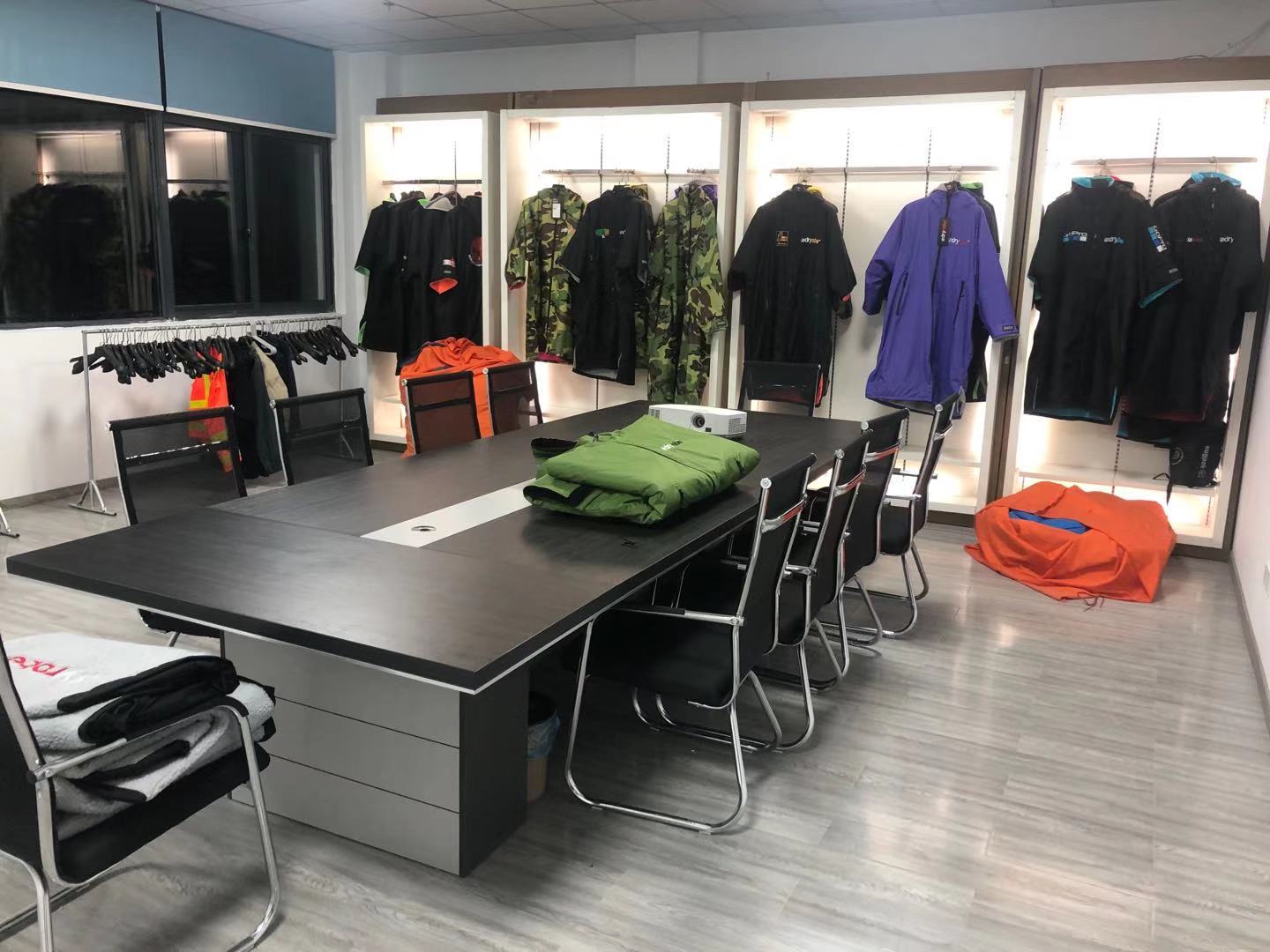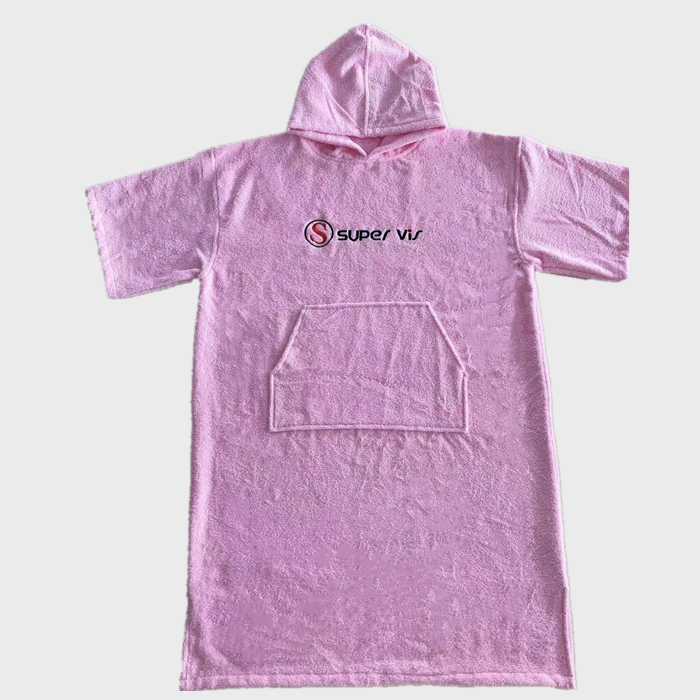In 1999, Beijing Linguo introduced a new variety of early peaches called the "unripe peach line" and began cultivating them in vegetable sunlight greenhouses. The seedlings were planted at the end of May after the cucumber harvest, and after 11 months of careful greenhouse management, the first fresh fruits were ready for sale in April and May 2000. This project brought significant economic and social benefits. The variety showed strong growth, with abundant fruit production in the second year. The fruits were round, with an average weight of about 105 grams and a maximum of 205 grams. Their skin was yellow-white with bright red coloration, and they had excellent quality, which made them highly marketable. In a 450 square meter greenhouse, the yield reached 1,652 kilograms, generating an income of 35,528 yuan. After subtracting costs, the net profit was 33,428 yuan. Here are the key cultivation techniques used.
The greenhouse structure was designed to be approximately 60 meters long from east to west and 7.5 meters wide from north to south. The walls on the east, west, and north sides were hollow bricks, 24 centimeters thick, with sand and ash painted on both sides. The northern wall stood 1.8 meters high, while the ridge reached 3 meters. The back slope was built using traditional methods, with wooden supports and cement columns. The front slope was a column-free structure made of reinforced steel. A plastic sheet without a drip film was used, along with straw curtains for insulation.
To prepare the seedlings, a small arch greenhouse was first constructed, where nutrient bags were used to grow peach seedlings. From mid-March to late March, garden soil, sandy soil, and decomposed organic fertilizer were mixed in equal parts (1/2 garden soil, 1/4 sandy soil, 1/4 decomposed fertilizer) and placed into cement or plastic bags. Each bag contained one seedling, with the roots and neck properly covered. The bags were arranged neatly, with bamboo poles forming an arched structure, covered with plastic and straw for protection.
Once the seedlings were established, their height was adjusted according to their position in the greenhouse. The southernmost row was set at 25 cm, with 3–5 shoots pruned. Each subsequent row was raised by 5 cm, with the northernmost not exceeding 55 cm. This ensured uniform growth and proper spacing.
Temperature and humidity control were critical during the first few weeks. For the first week, temperatures were kept between 5°C and 20°C, with humidity at 80%–90%. The second week saw a slight increase to 7°C–22°C, with humidity at 70%–80%. By the third week, the temperature range expanded to 10°C–25°C, and humidity dropped to 60%–70%. After five weeks, the temperature was maintained between 15°C and 25°C, with ventilation when it exceeded 25°C. Humidity was kept at 50%–60%, and watering was done only when necessary. At night, straw curtains were used for insulation until temperatures stabilized above 10°C, after which they were removed for ventilation.
At the end of May or early June, after the cucumber harvest, the large seedlings were transplanted. Two days before planting, the greenhouse was cleaned and sterilized. Organic fertilizer was applied at 15,000–20,000 kg per 667 square meters, and the soil was tilled to a depth of 20 cm. Seedlings were planted 1 meter apart in holes that were 30 cm in diameter and depth. Before planting, the roots were carefully removed.
Water and fertilizer management was essential for the early exposed peaches. After transplanting, the seedlings were watered thoroughly to ensure survival. Watering was done every half month, and water was restricted in mid-July. Frozen water was applied before winter, and germination water was given in the spring. Water was also provided before flowering, after flowering, and during fruit development. Fertilizer applications included two top-dressing sessions: 150 grams of urea in mid-June, followed by 1 liter of organic fertilizer diluted 100 times. In early July, 400 grams of multi-component fertilizer was applied. The following year, 200 grams of multi-element fertilizer and 100 grams of urea were used before flowering, and 300–400 grams of potassium sulfate compound fertilizer was applied after fruit setting.
Pruning was crucial for maintaining tree health and fruit quality. When the shoots grew to 25–30 cm, the tips were pinched back. This process was repeated for the second shoot. New shoots were left in place, and no branches were removed unless necessary. A total of 30–40 branches per tree was recommended. During winter pruning, the trees were thinned out, leaving 15–20 branches per plant. The next year, when new shoots reached 15–20 cm, they were pinched again. Before fruit coloring, surrounding leaves were removed to improve light exposure. After harvesting, the branches were cut back and prepared for transplanting.
Microfiber Sports Towel, sports towel, Gym Towel, quick dry sports towel, waterproof dry robe, Safety Vest, reflective jacket, rain jacket, work wear pants are our main line. We support customized design and logo. also customized color. Welcome to discuss the details with us. We support sample service to check the quality first.
We are the factory supplier who have SGS, GRS, CE. OEKOTEX and etc.


Microfiber Sports Towel,quick dry sports towel,waterproof dry robe for sale,Microfiber Sports Towel for sale
Suzhou Golden Gamrnet MFG Co.,Ltd , https://www.svchangerobe.com